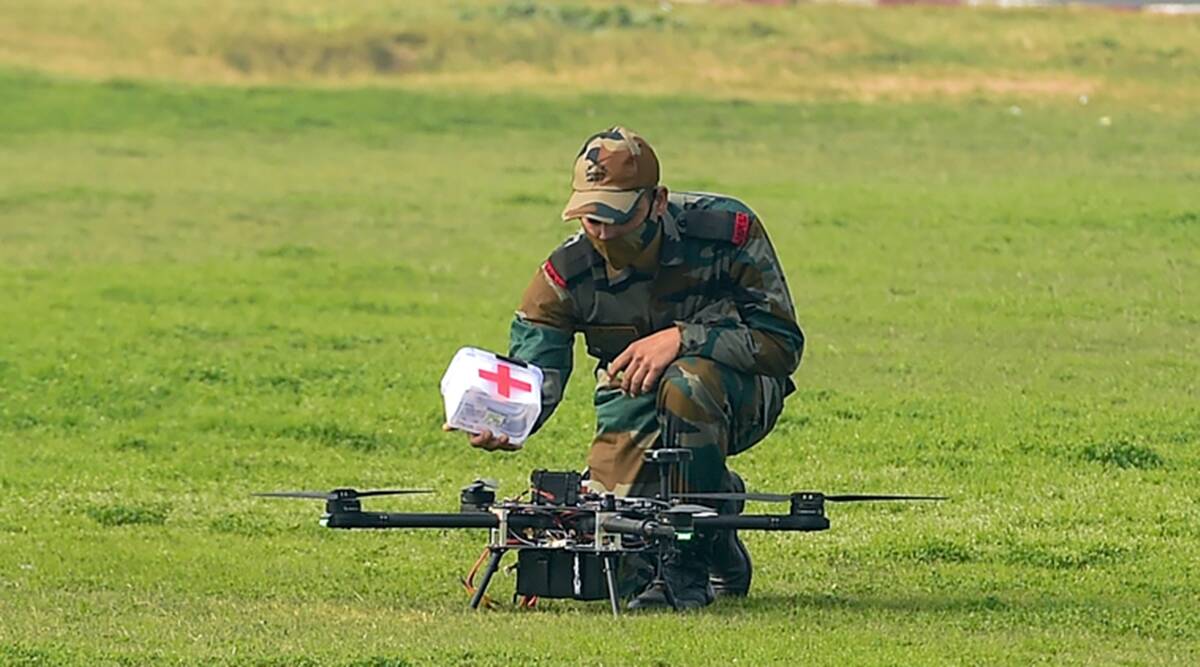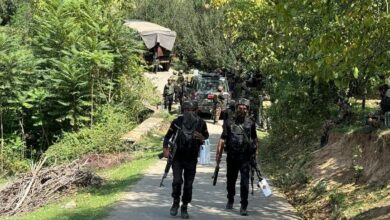Indian Army Wants More Than 2,200 Drones

- The systems must be able to do tactical surveillance to find enemies, their equipment, and their weapons systems in a certain area.
- Based on their past work and experience in the business world, Bharat Electronics Ltd., Bharat Dynamics Ltd., and Hindustan Aeronautics Ltd. could possibly compete for one or more contracts.
Under emergency powers, the Indian Army has started a number of programmes to purchase drones quickly. Each programme will cost the service up to 3 billion rupees (about $36 million), which is a lot of money.
The new tenders are for:
- 163 high-altitude logistics drones.
- 200 medium-altitude logistics drones.
- 1,000 unmanned surveillance helicopters.
- 750 remotely piloted aerial vehicles.
- 80 mini-remotely piloted aircraft systems.
- 10 runway-independent remotely piloted aircraft systems.
The Defense Ministry says that orders must be filled within a year of the contract being signed.
On October 16, the Army put out two bids to buy 363 drones. This was in line with its promise to fight future wars with solutions made in the country. In that planned order, 163 drones can fly at high altitudes, and the other 200 are made for flights at medium altitudes. The Army wants local materials to make up 60% of each system.
Each drone system should have one UAV, one ground control station that a person can carry, one colour video camera for the day, and one monochromatic thermal sensor for the night. The system should be able to stand up to strong winds at high altitudes and weigh 100 kilogrammes (220 pounds). The drone should be able to do its job for 10 kilometres (6 miles), last for 40 minutes, and be able to land 1,000 times.
On October 18, another bid was put out to buy 1,000 surveillance helicopters. Each surveillance system should have one aerial vehicle, one ground control station that can be moved by hand, one remote video terminal, one colour video camera for the day, one monochromatic thermal sensor for the night, and two sets of spare batteries.
Each surveillance helicopter should weigh 10 kilogrammes, have a mission range of 5 kilometres, and be able to fly for an hour at an altitude of 5,000 metres. The system needs to be able to handle 1,000 landings.
The Army put out a request for bids on Oct. 21 for 750 remotely piloted aerial vehicles. Each system must weigh 2 kilogrammes and be able to fly for 30 minutes. The government also said that one person should be able to launch the drone in 10 minutes.
The drone should be able to work both during the day and at night, and it should be able to make and follow its own flight plan based on a 3D scan of an area that the user defines using augmented reality or coordinates.
The request for 80 mini-remotely piloted aircraft systems was sent out on October 20. The systems must be able to do tactical surveillance to find enemies, their equipment, and their weapons systems in a certain area. Each system will have two aerial vehicles, two ground control stations that can be moved by one person, one launch and recovery system, two remote video terminals, two colour video cameras for the day, two monochromatic thermal sensors for the night, and two training payloads.
The systems should be able to work at an altitude of 4,500 metres and have a mission range of 15 kilometres. They should also be able to last for 90 minutes. The vehicles should be able to land 500 times, which is about seven years. The systems should also be strong enough to stand up to strong winds.
The open tender to buy 10 drones that don’t need a runway was sent out on October 28. It also calls for four ground control stations, four remote video terminals, and eight sensor packages/payloads that can be used both during the day and at night. All of these things need to be able to communicate with each other and send images in real time. The drones are supposed to work and last for 10 years.
“The system will give high-resolution images that can be used to find, recognise, identify, and pinpoint the location of an enemy’s position or build-up, mortars or guns, and the movement of troops and vehicles during border management tasks and active operations. It will also make it easier to fire artillery in the right place,” the tender said.
Based on their past work and experience in the business world, Bharat Electronics Ltd., Bharat Dynamics Ltd., and Hindustan Aeronautics Ltd. could possibly compete for one or more contracts.
Local private companies that are likely to bid are Bharat Forge, Alpha Design Technologies, Adani Defence, Larsen & Turbo, Mahindra Defence Systems, Paras Aerospace, Kadet Defence Systems, ideaForge, Newspace Research and Technologies, VOTL Aviation India, and Tata Advanced Systems.







Facebook Comments